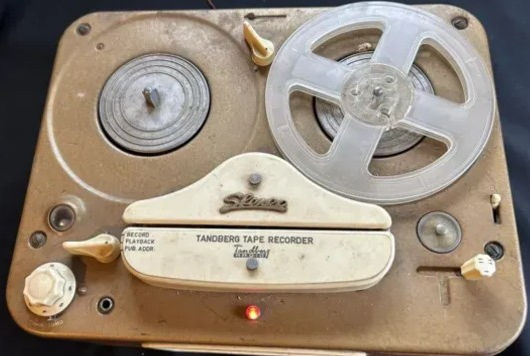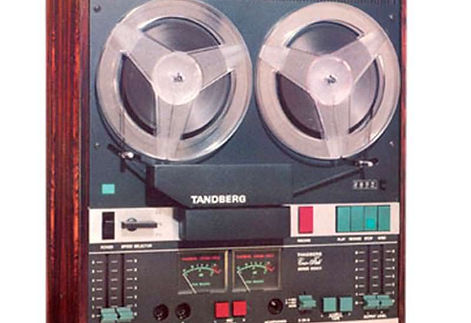Brief History

Tandberg, a Norwegian electronics manufacturer founded in 1933 by Vebjørn Tandberg, is renowned for its contributions to the development of reel-to-reel tape decks, particularly during the mid-20th century. Initially focused on radio production, Tandberg expanded into tape recorders in the early 1950s.
Early Development
-
1952: Tandberg began producing reel-to-reel tape recorders at its Kjelsås plant in Oslo. The introduction of their first model marked a significant step into the audio recording market.
-
1956: The Model 2 Hi-Fi was launched, featuring three tape transport speeds, which improved high-frequency response and set new standards for consumer audio equipment. This model was followed by the Model 3 Stereo in 1957, which allowed playback of stereo tapes.


Innovations and Advancements
-
1958: The Model 5 was introduced, enabling users to connect an external recording amplifier for stereo recording. This was a notable advancement as it allowed more flexibility in audio production.
-
1960: Tandberg released the Model 6, a full stereo system that featured four amplifiers for recording and playback, giving users comprehensive control over audio channels.
-
1960s: The company developed the cross-field recording technique, first implemented in the Model 6X, which enhanced frequency handling and signal quality. This technology was later licensed to other manufacturers like Akai.
Market Presence and Challenges
During the 1960s and 1970s, Tandberg became synonymous with high-quality audio equipment at reasonable prices, dominating the Norwegian market and gaining recognition internationally. Their machines were known for advanced technology and reliability. Notably, President John F. Kennedy used Tandberg recorders to document meetings during his administration, including critical discussions during the Cuban Missile Crisis.However, despite their success, Tandberg faced economic challenges in the late 1970s. The company went bankrupt in December 1978 following a significant downturn in business, leading to a restructuring that separated its data division from its consumer electronics operations.


Legacy
After the bankruptcy, Tandberg's focus shifted away from reel-to-reel tape decks as it transitioned into teleconferencing systems and other technologies. Although no longer producing reel-to-reel machines, Tandberg's legacy endures among audiophiles and collectors who appreciate the quality and innovation of their products from the golden age of analog recording. In summary, Tandberg played a crucial role in advancing reel-to-reel tape technology through innovative designs and high-quality manufacturing, leaving a lasting impact on audio recording practices before shifting focus to other electronic fields.








